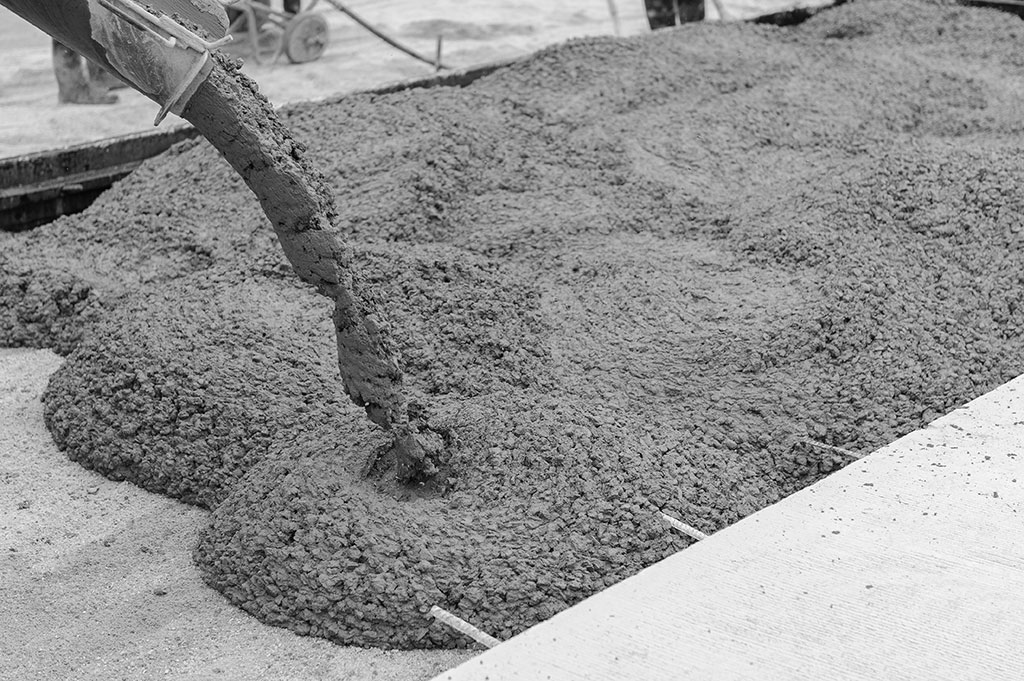Concrete slab foundations can be ideal for homeowners living in warm climates; however, they can present problems if water and gas lines break, since their pipes are embedded within concrete and require breaking through to be repaired. Repairing them often requires breaking through to repair with a jackhammer.
Slab foundations are ideal for use when building on flat ground and aren’t advised in colder climates due to potential cracking during freezing and thawing cycles.
Cost
Concrete house slabs Melbourne foundation costs typically are lower than crawl space foundation costs due to their quicker construction process and reduced materials requirements, although costs may still differ significantly depending on size, location and other factors. Slabs may be placed directly on undisturbed soil or over a base layer such as gravel, sand or crushed stone designed to minimize slab movement while improving drainage – helping reduce cracking issues as a result of movement and drainage issues.
Another cost factor related to installing plumbing and piping into concrete surfaces is installation cost. Pipe installation takes up space that could otherwise be used for other utilities; furthermore, accessing these pipes when they require repair can be challenging, unlike in a crawl space foundation where pipes are more accessible; such issues may make a slab foundation unsuitable for certain applications.
Durability
Concrete slab foundations are durable and long-lasting, requiring little in the way of maintenance; however, you’ll want to ensure the area remains clear of rocks and roots, install a root barrier (which prevents tree roots from damaging your foundation) as well as ensure gutters drain away from it and the soil remains moist.
Stable floors also help save you money on energy costs in the future and can reduce air leaks that affect indoor temperatures, making your home more comfortable overall.
One drawback of encased plumbing and gas lines, when they require repair or upgrade, is access. Because they’re enclosed within concrete walls, you will likely require using a jackhammer to break through to them in order to access them for repairs or upgrades – though still making this choice suitable for most homes.
Maintenance
Even though slab foundations are durable, they require regular upkeep for optimal performance. Moisture problems with slab on grade foundations can lead to costly structural damage that needs repairs in the near future, so to safeguard it waterproof it and check regularly for cracks; this will stop further problems from developing while saving you money in repairs down the line.
Slab foundations without piers may shift over time as well, typically caused by changes in soil moisture content during freeze-thaw cycles or expansion and contraction cycles of soil moisture levels. When these moisture fluctuations occur, soil expands under the foundation, shifting it and shifting it under your foundation can cause the slab to shift or shift underfoot resulting in uneven floors and an unstable floor structure.
Since there’s no room under a concrete slab foundation, plumbing pipes may be hard to access if there is a leak – making it more challenging to identify and address it quickly. If signs that your foundation may be shifting occur, consult an expert immediately; repair methods exist that can lift and stabilize it to save it from expensive structural damage.
Customization
Concrete specialists offer many ways to finish a slab, from adding textures and colors, borders and stencils, or staining techniques that give the illusion of faux wood or paver stones – but all come at an additional cost.
Pouring a concrete slab foundation is one of the easiest parts of home construction. It takes only one day and costs less than other foundation types.
Concrete slab foundations do not leave room for moisture to build up beneath your house, helping reduce heating and cooling bills while discouraging pests from nesting in your crawl space. Unfortunately, a slab foundation might not be the most suitable choice in extreme climates; alternative options such as pier and beam or crawl space foundation may be more suited.

